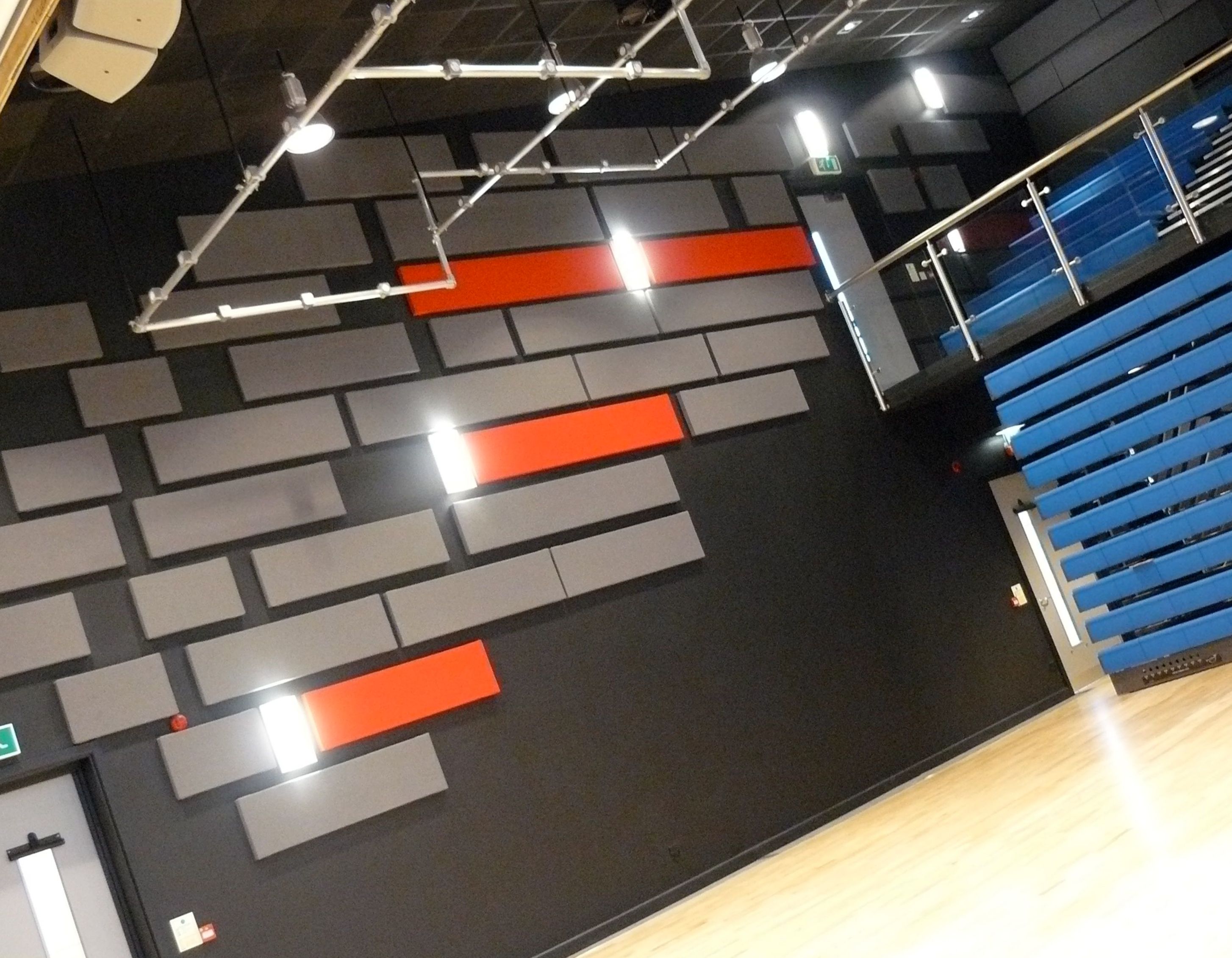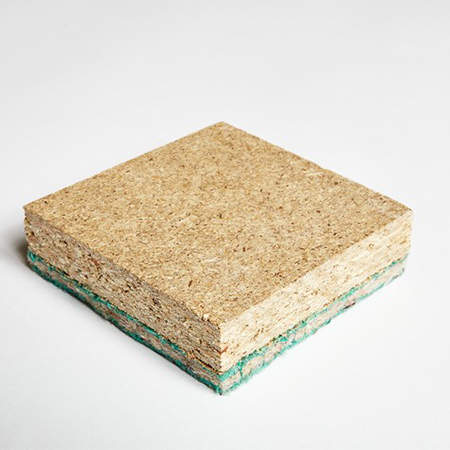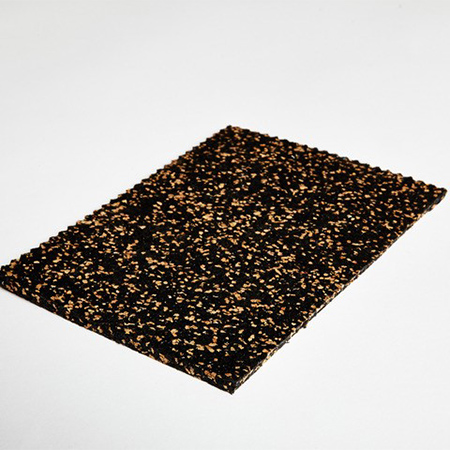With all schools and local authorities having to focus on maximising value when investing in new build and refurbishment projects, it is understandable that safety compliance, longevity and energy efficiency are prioritised.
After all, any school manager or budget holder will want their new school building or upgraded facilities to be safe for students and staff, whilst at the same time being low maintenance and durable enough to deliver the longest design life, as well as being relatively low cost to run. But what about the acoustic environment that’s being created in the process – is this contributing to the success of the learning space or hindering it?
If you are involved in the design and build of schools you will no doubt be familiar with BB93 (Building Bulletin 93). This is designed to guide architects, consultants and contractors to the correct standards for design and fit-out so the learning environment, as well as busy communal areas, are consistently good.
Compliance with the acoustic standards it sets out is not optional – BB93 is effectively part of the UK Building Regulations, including Approved Document E in England and Wales, so it must be followed.
All aspects of the school building are covered. For example, BB93 sets standards for indoor background noise levels when rooms are unoccupied, sound insulation between teaching rooms and other spaces and in floors and ceilings. Importantly, it also considers reverberation in teaching and study spaces and noise control in areas such as sports hall and swimming pools.
But how do you know the proposed construction method or interior design is going to be BB93 compliant? Building acoustics can be a complex issue, so if there any uncertainties about how to achieve the required performance levels it is vital that acoustics specialists are engaged at an early stage in the design process to avoid costly mistakes down the line.
Tips on how to get the right acoustic result
If you are a headteacher or school manager…
It is worth investing some time in reading BB93, so you’ve got an idea of which areas of the building need to be treated correctly whether it is a new building or a refurbishment. But rather than being too concerned about the acoustic levels BB93 specifies, think of the bigger picture. What is the purpose of the spaces you are creating, how will they be used, how many people will be in the space at peak times and how will adjacent areas of the school impact? And will you be creating the right environment for SEN students who may be particularly vulnerable to nuisance noise?
If you are an architect…
Ensure you are confident that your design will meet BB93. With numerous different acoustic insulation products and sound absorber panels available, consider if your design proposals for elements such as separating walls and floors/ceilings are making use of the best available combinations. Pay close attention to flanking risks and perimeter sealing, and if you are seeking to minimise reverberation always obtain calculations after a survey by an acoustic specialist.
If you are a contractor…
Familiarise yourself with BB93’s aims and – as difficult as it can be at times - stick to the products specified. Even the slightest substitution of one product or taking the decision to omit it, perhaps because of availability issues, could have a major impact on overall acoustic performance. Any inconsistencies during installation could undermine sound insulation levels between rooms, so make sure you understand how to fit all elements correctly or you could face lengthy delays getting paid on completion of the contract because costly remedial work is needed.
Get specialist support from Hush Acoustics
As an acoustic insulation manufacturer with over 30 years’ experience, Hush Acoustics has a wealth of knowledge and expertise to help everyone involved in school building and refurbishment projects achieve the most positive results.
Through Hush Acoustics fully tested acoustic floor/ceiling and wall systems, specifiers can deploy an ‘off the shelf’ solution to suit numerous different constructions, including timber and masonry, and our extensive product range provides virtually unlimited scope for bespoke solutions.
In addition, the Hush Acoustics range of sound absorber panels is highly effective at addressing sound reverberation issues, especially in retrofit applications. After a comprehensive survey of the room, the Hush Acoustics team will conduct all the calculations needed to produce a detailed acoustic report with the recommended solutions.
To find out more call 0114 551 8685 or visit www.hushacoustics.co.uk.
Is your school building design’s fit for purpose acoustically?
| T | 0151 933 2026 |
|---|---|
| E | info@hushacoustics.co.uk |
| W | Visit Hush Acoustics' website |
| Unit 2, Tinsley Industrial Estate, Shepcote Way, Sheffield, S9 1TH |
Products by this Company







